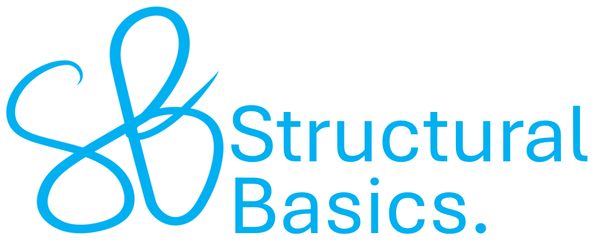Here's What's Inside the E-Book
Module #2: Structural Design of a Residential Timber Roof includes all structural design calculations of the timber elements of a roof + connections (according to Eurocode)
Why is Structural Design of a Residential Timber Roof Different to Other Textbooks?
Because it teaches you how to design a structural system - the roof. You'll learn how to transfer loads from one element to the next. You'll also learn how to design every element of the roof including connections. Normal textbooks only show you how to verify a beam or a column.

Because every structural concept is explained with 3D and 2D visuals. The book includes 95 images.

Because it's short and easy to understand. No fancy words like in papers.

The reason why I created Structural Design of a Residential Timber Roof
Structural engineering has one big disadvantage over other industries:
There is so little practical engineering knowledge available - especially online.
Even expensive textbooks mostly just cover the theory of structural design like formulas.
Spoiler: You can't design a house only with theoretical knowledge.
In uni, you only learn how to design a simply supported timber beam or reinforced concrete column.
Loads, cross-section and static system are given. But how do you actually get to these loads? How do these loads travel through the building to the column (aka. load transfer)? Why do you pick a simply supported beam over a beam with fixed supports? Uni doesn't answer these questions.
All the practical knowledge is hidden in the brains of experienced engineers and on the servers of engineering firms.
This problem is exactly why I started Structural Basics in the first place back in 2022 to make my practical structural engineering knowledge from real projects available online.
After having published over 100 blog posts and newsletters, I realized that there is only so much I can teach in blog posts.
My blog posts and newsletters still miss what I mentioned above (not the right format): Teaching structural systems.
By structural systems I mean a roof, warehouse structure, residential building or bridge.
That's why decided to write the book series Structural Design of a Residential House - to share my practical engineering knowlegde and experience with you.
And with Structural Design of a Residential Timber Roof, you'll understand how structural systems work, because you'll learn:









